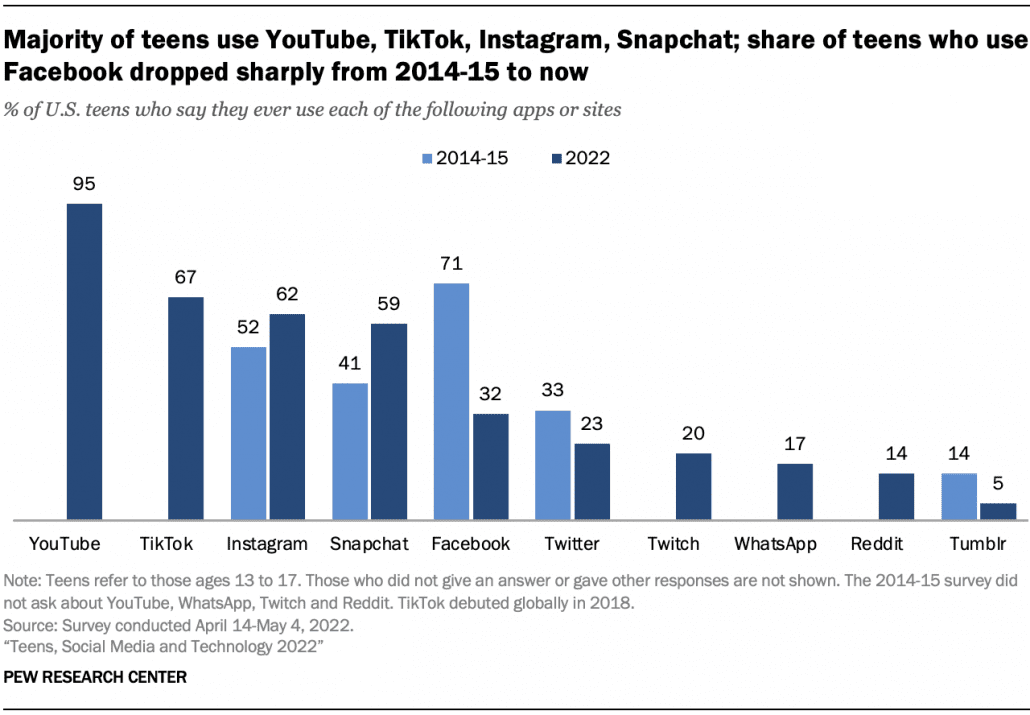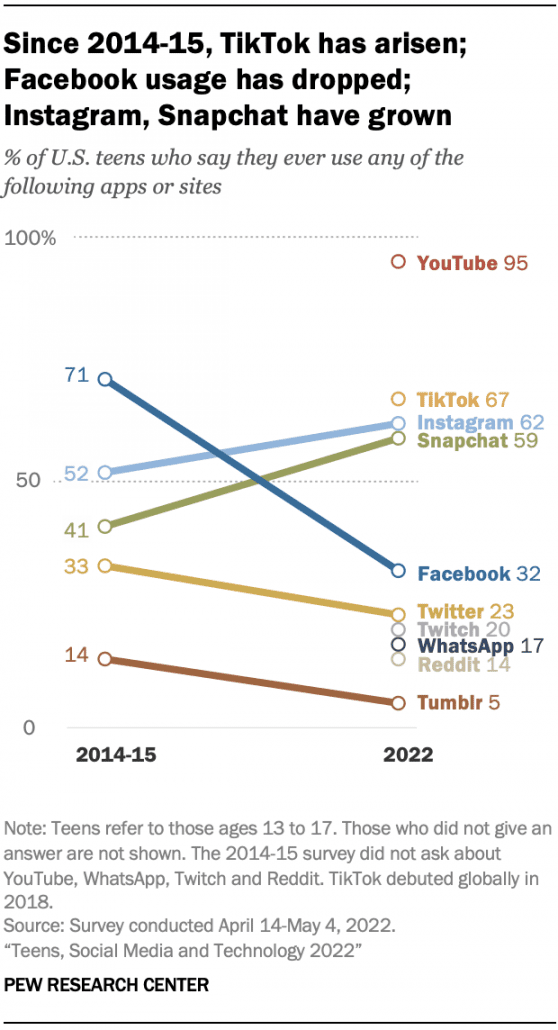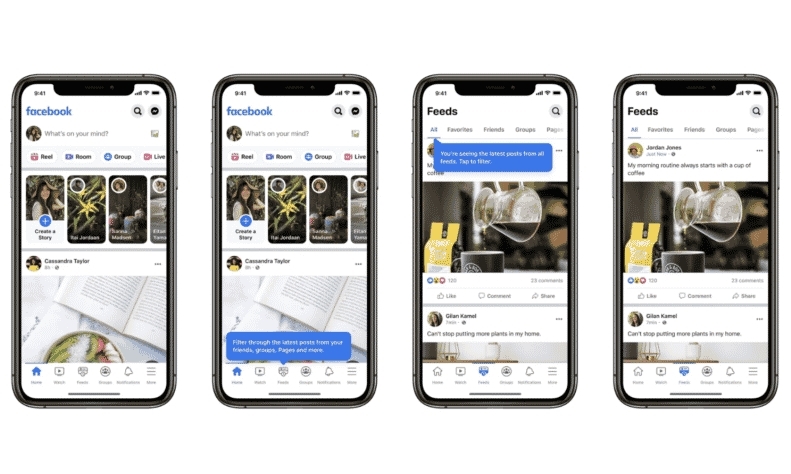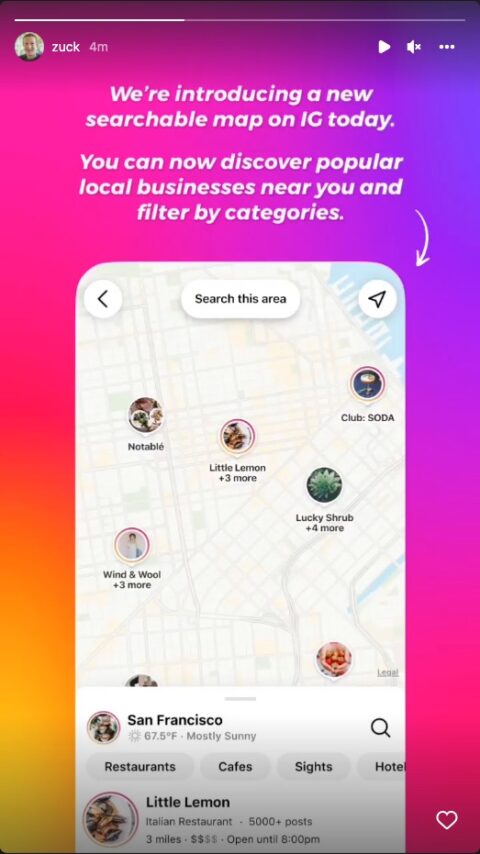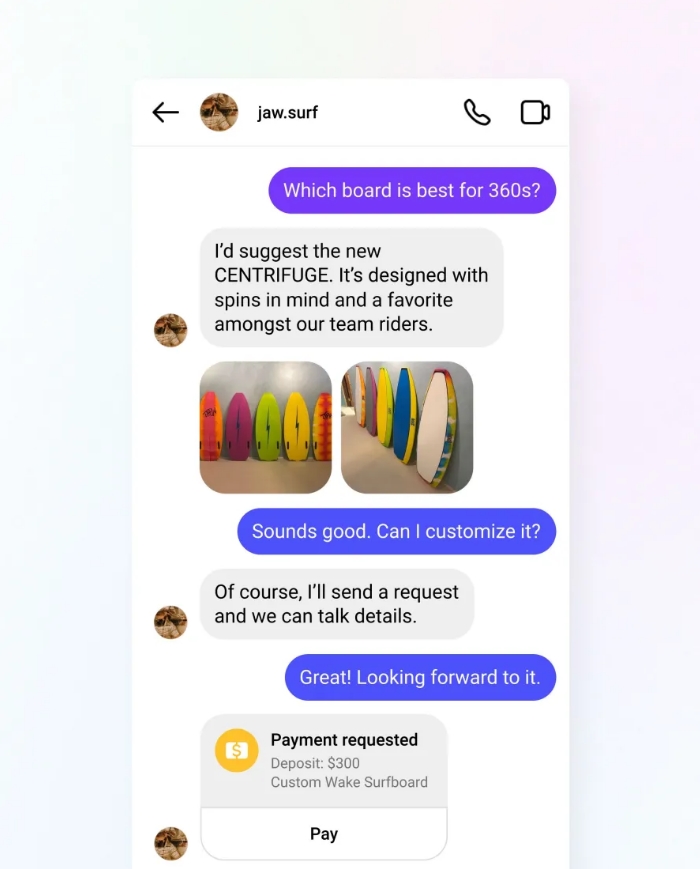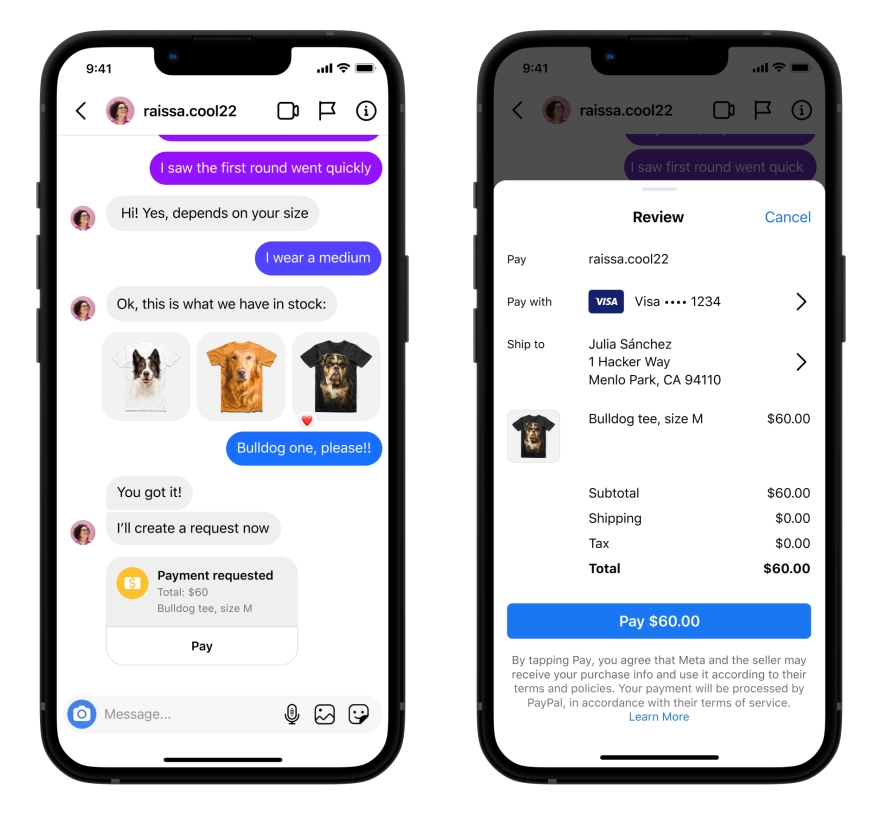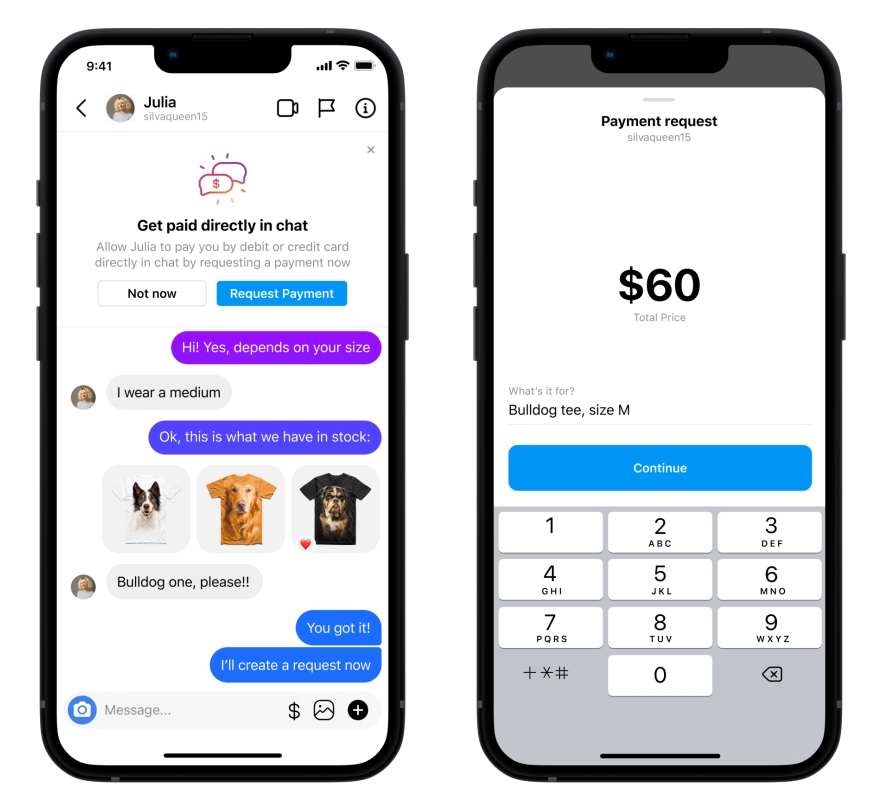Today, Google revealed it is preparing a massive update called the Helpful Content Update that may be the biggest change to the search engine’s algorithm in years.
The update is aiming to filter out sites that have large amounts of content that are written solely for the search engine, without providing value to actual users.
Or, as Google simply put it in its announcement:
“The helpful content update aims to better reward content where visitors feel they’ve had a satisfying experience, while content that doesn’t meet a visitor’s expectations won’t perform as well.”
Here’s what we know about the update so far:
What Is The Google Helpful Content Update?
Philosophically, there is little about the helpful content update which is all that different from what Google has been working towards in the past.
The algorithm update aims to help users find the most high-quality content which will be the most helpful. What sets it apart is how it aims to achieve this.
In this instance, Google plans to improve search results by targeting and removing what could be called “search engine-first content” or content written expressly for the purpose of boosting rankings without actually delivering quality content to readers.
While the algorithm will be applied to all Google search results when it rolls out, the company said four specific types of sites are most likely to be affected:
- Online educational materials
- Arts & entertainment
- Shopping
- Tech
Content in these niches seem to be most prone to being written specifically for search engines rather than humans and Google hopes to improve the quality of results in these areas.
As a representative from Google told Search Engine Land’s Barry Schwartz:
“If you search for information about a new movie, you might have previously encountered articles that aggregated reviews from other sites without adding perspectives beyond what’s available elsewhere on the web. This isn’t very helpful if you’re expecting to read something new. With this update, you’ll see more results with unique information, so you’re more likely to read something you haven’t seen before.”
Is your site safe?
Rather than provide a simple checklist of things companies can do to prepare their website, Google offered a series of questions that can be used to determine if you’re creating content for humans or search engines:
- Do you have an existing or intended audience for your business or site that would find the content useful if they came directly to you?
- Does your content clearly demonstrate first-hand expertise and a depth of knowledge (for example, expertise that comes from having actually used a product or service, or visiting a place)?
- Does your site have a primary purpose or focus?
- After reading your content, will someone leave feeling they’ve learned enough about a topic to help achieve their goal?
- Will someone reading your content leave feeling like they’ve had a satisfying experience?
- Are you keeping in mind our guidance for core updates and for product reviews?
Additionally, the Google Search Central article provided a similar list of questions you can use to avoid search-engine first content in the future:
- Is the content primarily to attract people from search engines, rather than made for humans?
- Are you producing lots of content on different topics in hopes that some of it might perform well in search results?
- Are you using extensive automation to produce content on many topics?
- Are you mainly summarizing what others have to say without adding much value?
- Are you writing about things simply because they seem trending and not because you’d write about them otherwise for your existing audience?
- Does your content leave readers feeling like they need to search again to get better information from other sources?
- Are you writing to a particular word count because you’ve heard or read that Google has a preferred word count? (No, we don’t).
- Did you decide to enter some niche topic area without any real expertise, but instead mainly because you thought you’d get search traffic?
- Does your content promise to answer a question that actually has no answer, such as suggesting there’s a release date for a product, movie, or TV show when one isn’t confirmed?
When Will It Arrive
The helpful content update is due to roll out next week to all English-language search results in the U.S. The company plans to expand the update to other languages and countries sometime in the future.

